To answer your question it helps to analyze what may happen after switch-on the power supplies (assumption) +/- Vs=+/-10V. More than that, you have to apply negative feedback (resistive netork between output node and inverting input).
(The described timely sequence may be somewhat „formalistic“ - however, it helps to understand the feedback concept).
Example: Non-inverting gain stage with desired gain of "+2". That means: Feedback factor k=0.5 using a voltage divider with two equal resistors in the feedbacl loop.
Open-loop gain (assumption): Aol=1E4.
1.) t=0: Apply at an input voltage Vin=1V. The opamp is not yet working in its linear range (feedback not yet active due to time constants within the circuit) and the output will immediately jump to Vs=+10V.
2.) t>0: The voltage at the inverting terminal will rise to 0.5Vs=5V>Vin=1V. Hence, the voltage at this inverting terminal dominates (is larger) and the output voltage will change in the direction to minus 10V.
3.) However, on its way to -10V the ouput voltage is crossing a positive value which produces at the inverting terminal a feedback voltage of +0.99980004V .
4.) At this very moment (assuming an open-loop gain Aol=1E4) , the opamp is in its linear amplification region because the diff. voltage is Vdiff=Vin-0.99980004=1-0.99980004=0.00019996V.
As a result, the output voltage is Vout=Vdiff*Aol=0.00019996*1E4=1.9996001V.
5.) This is a stable equilibrium because: the classical feedback formula for a finite value of Aol also gives the output voltage Vout=Vin*[1E4/(1+0.5E4)]=1.9996001 V.
6.) That means: We have an equilibrium because the output voltage has a value which exactly meets the condition Vout=Vdiff*Aol.
Any larger/smaller output voltage causes a small reduction/increase for Vdiff thereby correcting this deviation from the equilibrium.
7.) In this example, the input difference voltage, of course, is NOT zero. It never will be zero - however, the diff. voltage is so small (in our case app. 0.2mV) that in can be neglected (assumed to be zero for calculations) in many cases.
